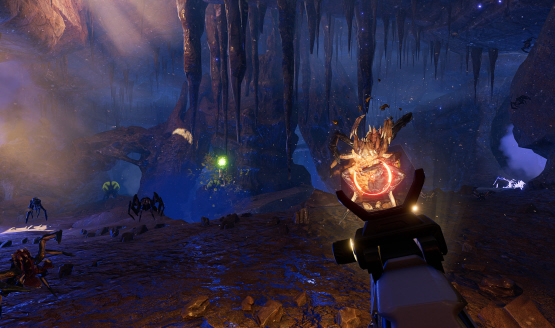E3 2017 is a less than a month away and we’ll likely see evidence at that time on whether or not Sony continues to support PlayStation VR in a strong meaningful way. In the meantime, one of PSVR’s most highly anticipated titles and peripherals just released, making an attempt to finally prove that traditional ambulatory first person shooters not only have a place in virtual reality, but excel on the platform when given a proper chance.
A shuttle pilot tasked with bringing back a couple of researchers is pulled into an an anomaly near Jupiter, stranding them on an alien planet. Separated from the rest of the crew, your task is to seek out survivors, and not get yourself killed by the hostile creatures on the planet’s surface. There’s a pretty good sci-fi, space faring story that evokes a lot of emotion and humanity, but it’s distinctly separate from the Starship Troopers-esque action sequences where you’ll be firing your weapon at bugs and other such threats in a dusty canyon.
It’s this on again off again nature of the story and the action that shows the pacing problems with Farpoint’s narrative. Modern gaming has largely done a great job of weaving the two together, but Farpoint sets you as the observer, watching a story unfold that barely involves the player character at all. The gunplay is halted by semi frequent updates from your suit AI, decryptions of holo recordings showing a surprisingly human story taking place away from you, away from the bugs, and away from the hail of virtual bullets.
The ending is relatively easy to guess early on, but there are a couple of twists and turns that really would have made for a great film. I just wish that my player character would have had more of a central involvement given the immersive nature of VR. Why immerse me in a world just to have me observe the story second hand? In some ways I understand what they were trying to do, having the nameless pilot quite literally be you discovering this story as he moves through the alien world, but modern games have done a much better job of integrating this kind of story than Farpoint’s execution shows.
This Is My Rifle
As PlayStation VR’s initial attempt at a true first-person shooter experience in VR, Farpoint sets the stage for the future of the platform. Aim in hand, I set out to find a way to survive this expansive barren wasteland, truly immersed in every aspect. Stepping out of my escape pod, I could only marvel at just how vast and empty this planet seemed. Normally saying a game is empty is a bad thing, but Farpoint instills a sense of loneliness in the player by highlighting just how far from home they really — virtually — are.
Raising my arm with the Aim controller in hand, I looked at my shadow and waved. My shadow waved his gun back. I crouched. My shadow crouched. I squeezed the trigger. My virtual finger pulled the trigger and fired off a few shots. I raised my left hand to look down at my wrist holding the stock of the gun. There was my health display. All of these little details help translate your own actions into the game world so that you feel truly there, no matter what you are doing.
The first moments that the spider-like creatures made attempts at my face were terrifying. Realization that I’m not alone, but it’s not the company I would hope for is set to the soundtrack of my auto rifle firing off rounds every which way in an attempt to make it a few more steps forward. Soon the spiders give way to bigger bugs and more dangerous threats, but with the increased difficulty comes a relief from the tension in favor of frustration.
With bigger threats come a variety of guns to use, the initial auto rifle and shotgun making way for a precision rifle, alien plasma rifle, and spike gun. I opted to keep using the initial three weapons though. As much as I wanted to like them, the alien guns never felt like they really had the impact, accuracy, or power that the first guns did. Even the precision rifle was disappointing by not having the scope zoom in, and far away enemies in VR are very difficult to see given the current graphical fidelity that the platform offers. It was a minor annoyance that continually manifested as enemies could seem to hit me from far away, but I couldn’t get a proper bead on their distant pixels.
As immersed I was in everything, some dated game design became quickly apparent. Spiders only jump at your face from the front, so if you physically move and dodge out of the way (an extremely satisfying thing to do), the spider will come scurrying up from behind you to get within your view and try again. Every enemy has a limited and predictable pattern of movement and attack that becomes second nature to exploit right up until the end, and with the difficulty spike in the latter third of the game, exploiting these blatant game design anachronisms becomes necessary to survive.
Ready, Aim, Fire!
Best played standing up, Farpoint with the Aim controller is the definitive way to play and is a next level virtual reality experience. We have a separate review of the Aim controller itself, but rest assured that it really cemented the immersion, being able to feel the weight and shape of a gun in your hand while holding one in game. The Aim controller elevates Farpoint to something that it would not be without it, enabling you to physically hide behind objects and blind fire around them, as well as look directly down the sites instead of using the L2 button to get a precision aim like traditional game require. It’s all part of that full immersion VR is going for.
Farpoint doesn’t require the Aim to play, but it is wholly a better experience with it. Raising a DualShock 4 to your eye to look down the scope just doesn’t have the same feel as an actual gun shaped object, and if the light bar gets obscured from view by turning too far to the side (as Farpoint often sees you doing), all gun tracking using the DualShock 4 goes out the window. It’s clear that Farpoint was designed with the Aim in mind from the very beginning, and using a DualShock 4 is markedly worse experience.
While the campaign can be completed in about five hours, there’s a cooperative horde mode that you can play online, as well as challenge modes that task you with getting through each of the missions quickly and efficiently for point chasing. This replayability means that your Aim controller won’t just be used for a five hour story and then forgotten in a corner to collect dust. There are multiple reasons to come back to Farpoint’s desolate planet.
Farpoint is a long awaited title for PSVR, and one that does as many things right as it does wrong. It’s as revolutionary as it is dated, being a necessary forward step in the evolution of virtual reality, but ultimately a game that will be as forgotten as any console’s launch titles. The gunplay and story are both good experiences, but decidedly separate from one another. Farpoint is best experienced with the Aim controller, ending up as a game that highlights the amazingly immersive capabilities of this new peripheral while never really making a strong mark for itself.
Farpoint review copy provided by publisher. Reviewed on PSVR. For more information on scoring, please read our Review Policy.
-
Highlights capabilities of the Aim controller
-
Gets full immersion of VR right
-
Emotional and human story
-
Co-op and challenges extend replayability
-
Dated and predictable enemy AI
-
Later weapons feel tacked on
-
Story is separate from the action
-
Horrible controls if you don't have the Aim
Farpoint info dump
-
Farpoint - EYNTK
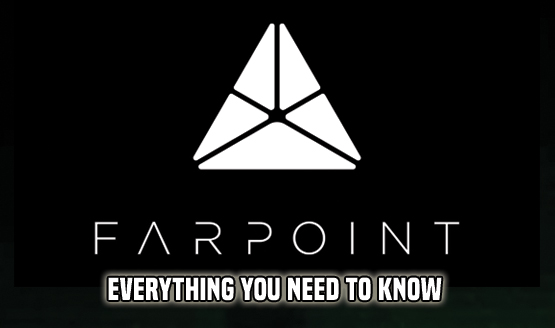
As May 16 draws near, PSLS has put together your one-step guide for Impulse Gear's sci-fi shooter, Farpoint.
Let's get to it, shall we?
-
What is Farpoint?
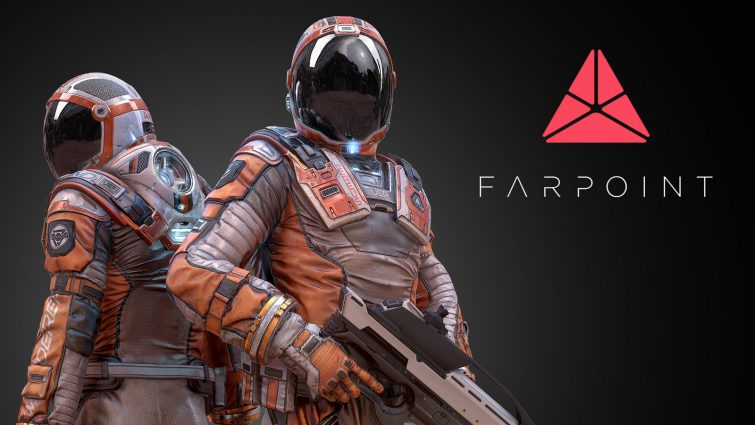
That's a very good question, and thankfully, Impulse Gear was on hand to explain its upcoming space oddity:
"Farpoint is an unnerving VR space adventure set on a hostile alien planet. On a mission to pick up scientists studying an anomaly near Jupiter, a rupture from the anomaly transports the player and scientists to an unknown alien world."
-
What's the Story?

Set on a far-flung alien world, Farpoint gets going in earnest once you, the player, have been sucked into some form of space anomaly (a wormhole, perhaps?) close to Jupiter.
Stranded lightyears from home, your fight for survival leads you on a search for The Pilgrim, a space station that may just be your ticket out of this desolate alien environment.
"Having found yourself stranded on an uncharted extra-terrestrial world with only standard issue equipment to keep you alive, you’ll need to set off in search of a crashed space station – The Pilgrim – and its survivors to find a way back home.
"Master an arsenal of primary and secondary weapons as you freely explore your surroundings, uncovering secrets of the strange Anomaly which marooned you."
-
How Does it Play?
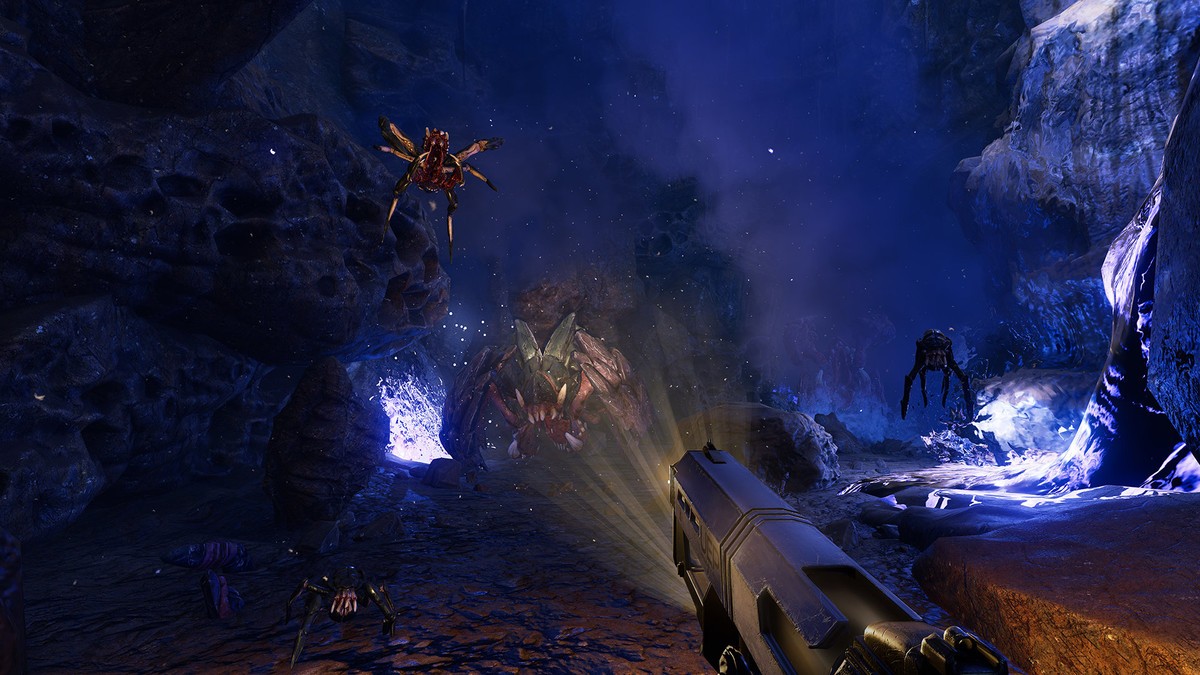
Like your standard first-person shooter, really, the only difference being that Farpoint has the ability to crank up the immersion to 11 and rip the knob off.
Should you choose to play with the Aim Controller, expect the PlayStation Camera to track your movement via built-in motion sensors – along with that bright red sphere attached to the muzzle – while Impulse Gear has integrated gesture-based motions that'll allow players to change weaponry on the fly.
“We also implemented gesture-based motions which allows you to change your weapon by reaching up to your back. It really pulls you into the world and creates a much more impactful and immersive experience.
“We’ve found that there’s usually a moment where players trying Farpoint realise that this level of responsiveness is something new – and a lot of the time it’s when you pull the PS VR aim controller up and look through the sites for the first time. That’s the moment where it really clicks and changes the way you play.”
-
Built With PlayStation VR in Mind
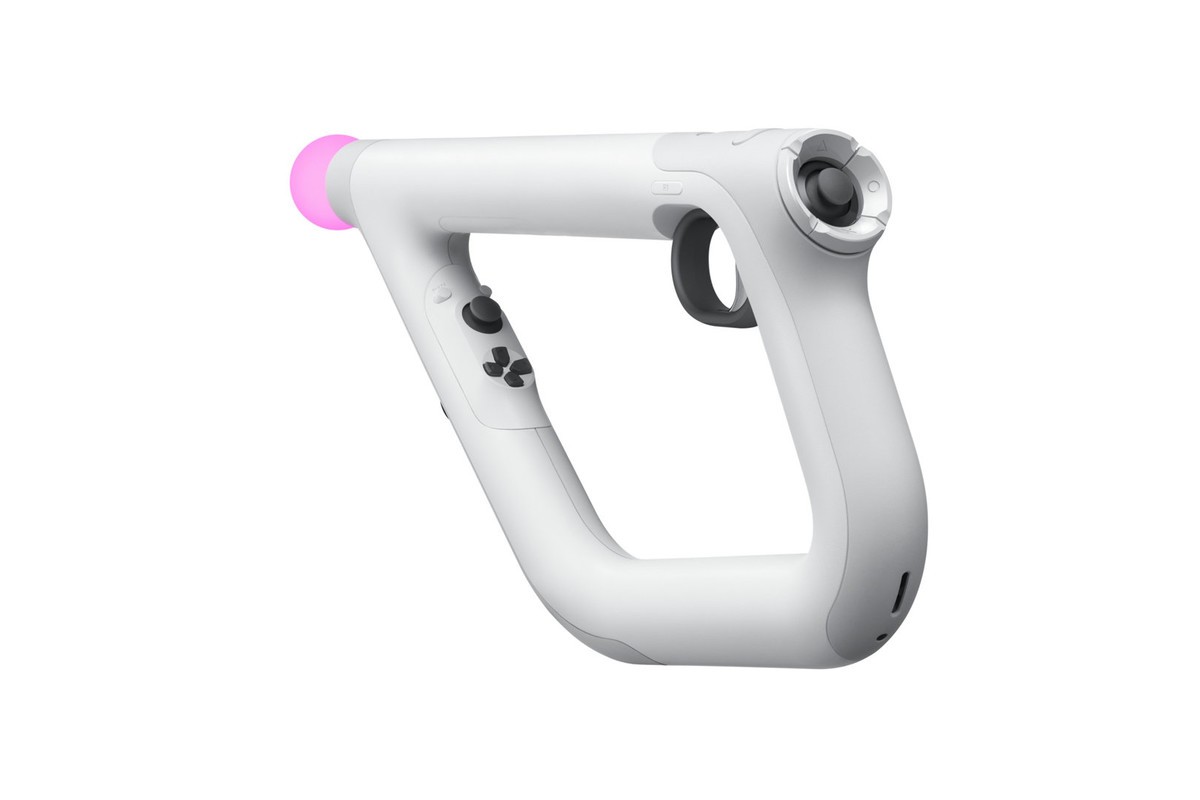
Tailor made for PlayStation VR, Farpoint takes full advantage of Sony's headset in that it envelopes you in a dark and dangerous alien world.
Per Impulse Gear, it's understood that the shooter can be played with either the Aim Controller or your standard DualShock 4, but the former is naturally preferable for those on the hunt for a more authentic experience.
“Interaction with the PS VR aim controller was really important – the act of holding a physical weapon in your hands, aiming by looking down the sights, reacting, ducking and leaning into cover as you would in real life."
-
The Aim Controller
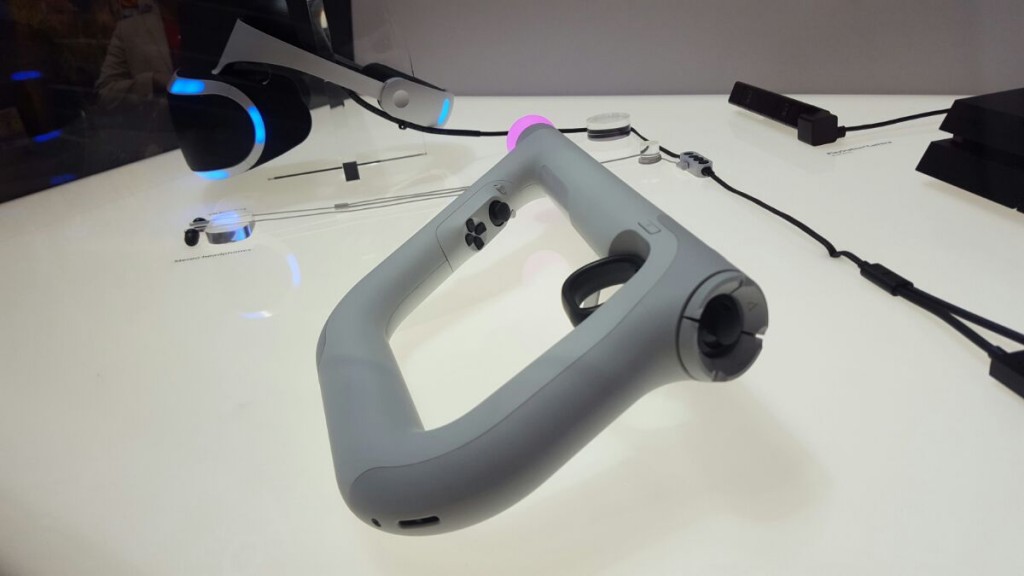
Promising 1:1 tracking, the Aim Controller offers "offers the most realistic and precise way to control our game,” according to Seth Luisi of Impulse Gear. And remember, it'll be priced at $59.99 on its own.
"How you hold and where you point the controller are directly matched in the game. This allows you to do things in Farpoint that just are not possible in a standard FPS game. It also provides an unbelievable sense of presence in the virtual world."
-
How Does That Translate Into the Game?
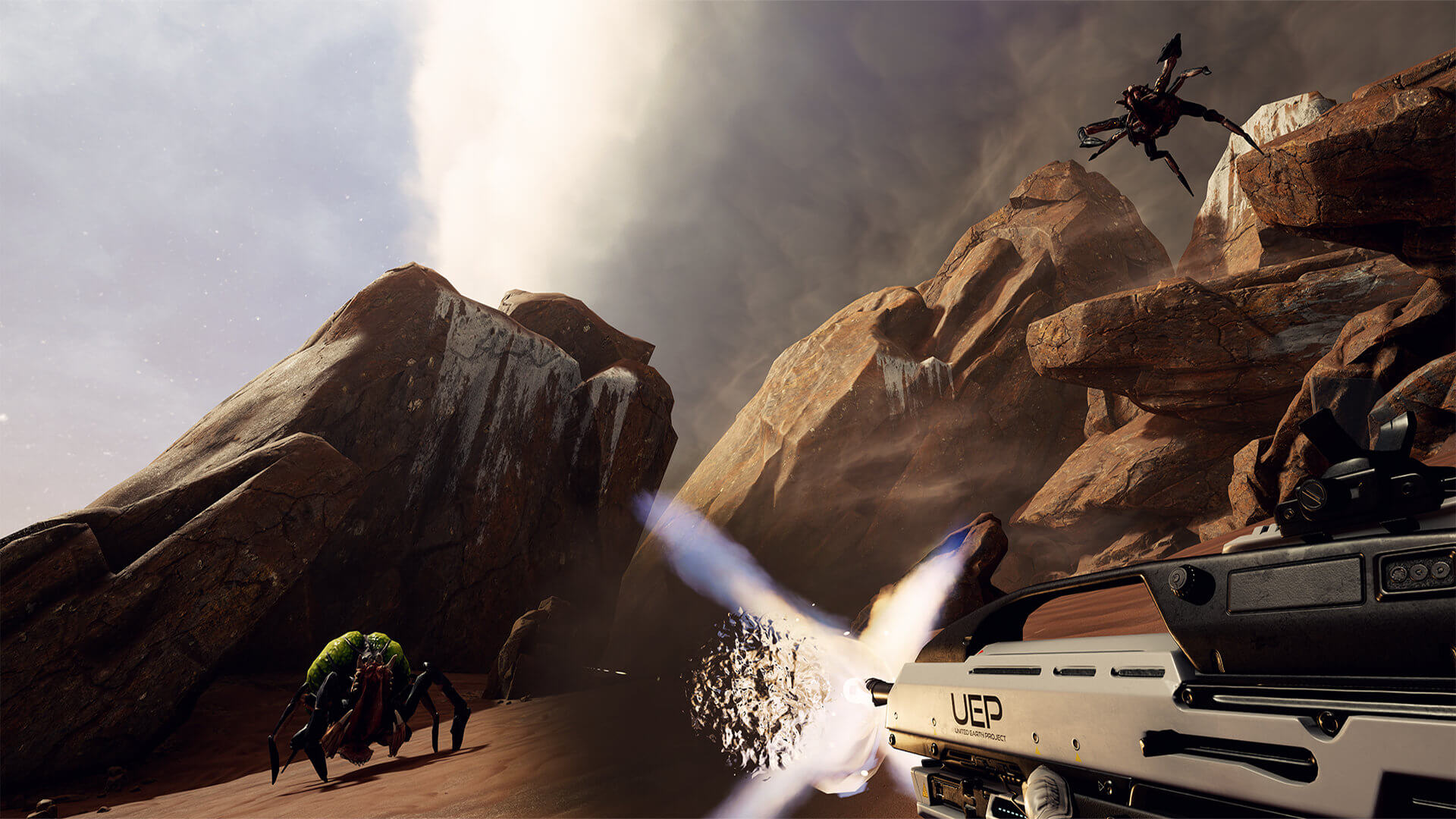
With its haptic feedback and 1:1 tracking, the Aim Controller is shaping up to be the ultimate way to experience Farpoint on PSVR.
Here's a rundown of its key features:
- Precision Gunplay – Integrated motion sensors and a built-in light sphere work with the PlayStation Camera to keep your shots on target and movements lightning-fast.
- Complete Immersion – Feel the kick as you fire and see your controller replicated as a virtual weapon, giving you a physical connection to your VR world.
- Adaptive Control – Move through virtual worlds with twin sticks and DualShock 4 controls, built for left and right handed players, keeping you armed and ready to take on any compatible game.
-
How Does the Aim Controller Stack Up?
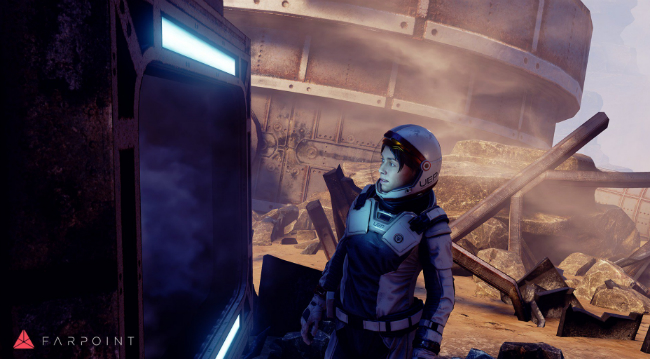
Said to instil an "unbelievable sense of presence," the Aim Controller has garnered a fair amount of buzz ahead of Farpoint's launch. And for good reason, according to our own Chandler Wood.
Here's an extract from his PSX 2016 preview piece (more on that later):
"At the center of the experience is the PlayStation VR Aim Controller. Sony’s gun peripheral won’t be required to play Farpoint, but it sure makes up a large part of what makes the demo fun to play through. The aim controller is mapped realistically in the game, so my hand placement and positioning of the digital auto rifle I’m using to kill bugs are exactly where they are in real life. Small things add to the depth, such as watching the finger pull the trigger when I did, and my digital knees bending when I crouched in real life. Each little detail steeped me in the moment more and more. I wasn’t on the show floor at PSX anymore. I was on an arid planet, a tasty treat for a bunch of murderous bugs."
-
Future PSVR Games May Support the Peripheral
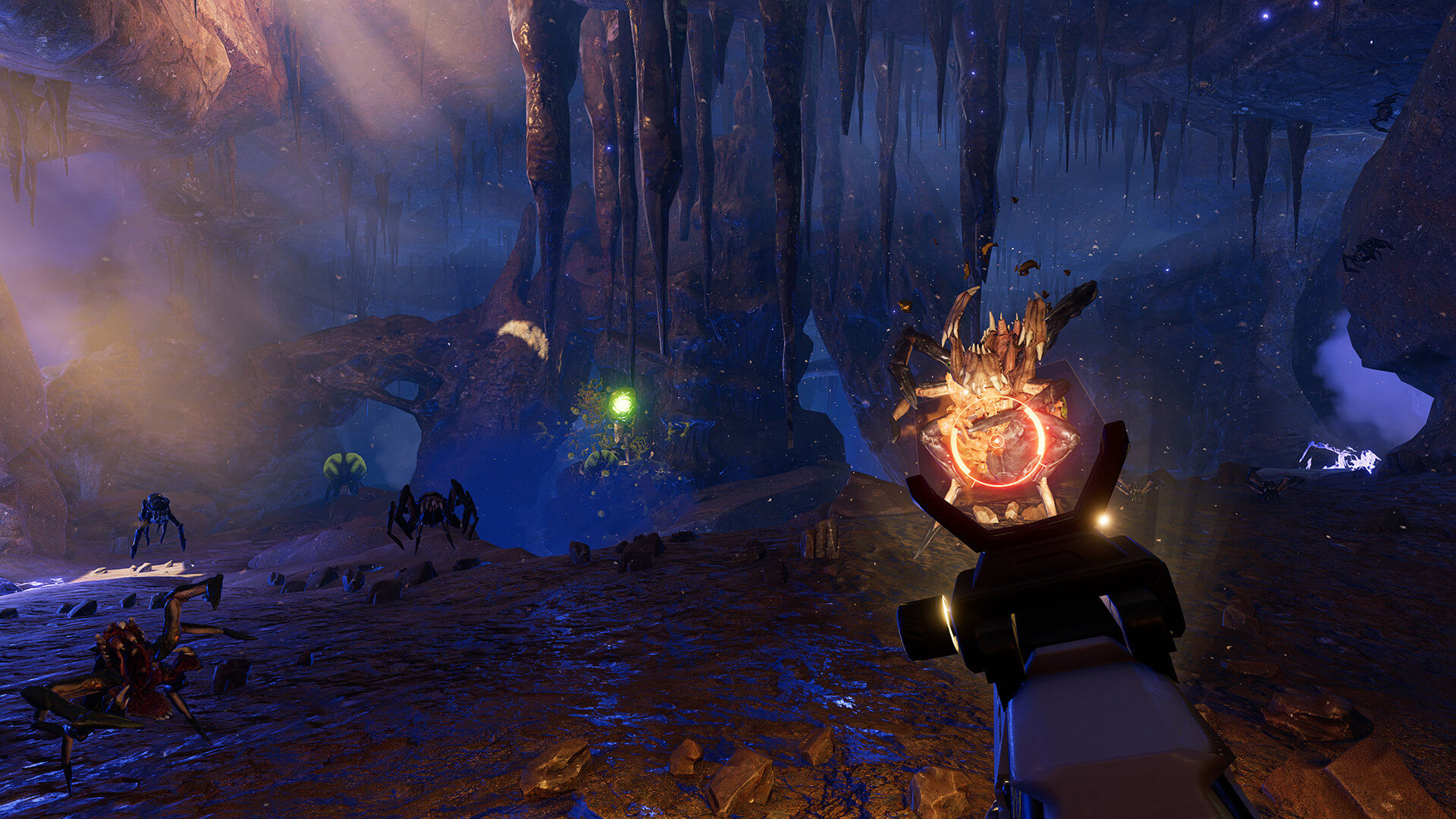
At least, that's according to Sony Boss Shawn Layden, who teased,
"We haven’t announced them yet, but yes we do. That will be a continuum of development for VR titles."
-
One to Watch Out For
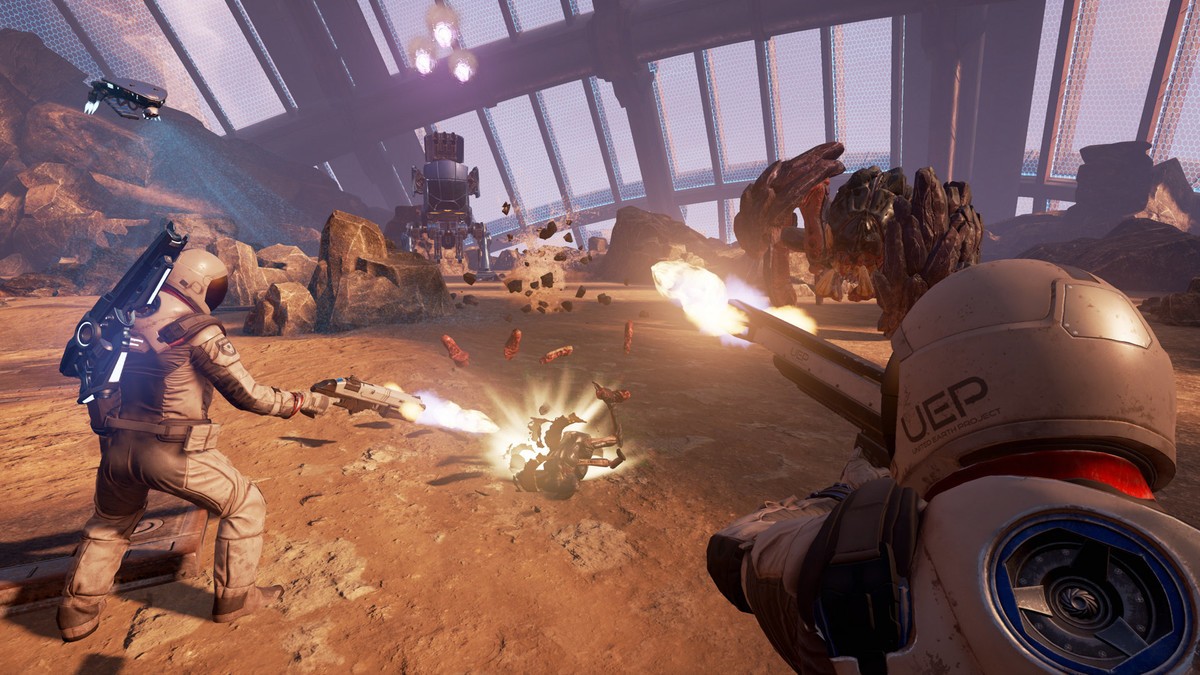
Since its announcement at E3 2016, Farpoint has been featured in not one, but two of Sony's blistering montages.
See if you can spot Impulse's imminent shooter here and here.
-
Online Play
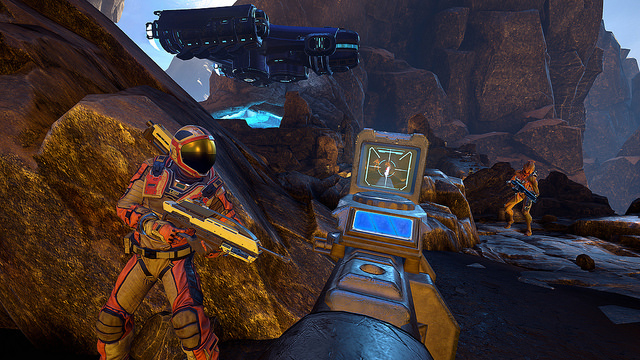
As a wise old man once said, it's dangerous to go alone, and sure enough, Impulse Gear has implemented an element of online play into Farpoint.
That means PSVR's imminent shooter will include four co-op maps at launch, which allow you to "buddy up and enter previously completed levels to tackle enemy hoards side-by-side, racking up points for kills and accuracy as you go."
It's limited to two people, and both players will need a PS Plus subscription.
"Farpoint features four new online co-op levels at launch — each level designed to challenge the combined firepower of two players with teams competing for the highest score.
"To help players meet the challenge of Farpoint, we have been working with PlayStation to develop the PS VR Aim controller which simulates the look and feel of a weapon in your hands right down to the virtual scope and built in haptic feedback."
-
Story Trailer

Curious to know more about the story at hand? Leave it to this Farpoint stinger to clue you in.
Per PS Blog, Impulse's co-founder Seth Luisi had this to say:
"When we started working on Farpoint we knew from the beginning that we wanted it to have a deep and meaningful narrative. We wanted to use VR to tell a unique, more personal story in a way that put the player right in the middle of it.
I don’t want to spoil too much as the best way to experience it is in VR, but our new trailer (seen at the top of this post) will provide a glimpse into the story." -
A Harbinger of Things to Come?

With its impressive visuals and intriguing, sci-fi setting, Farpoint is gunning to be PSVR's flagship shooter. Whether it proves to be a killer app for the hardware, though, will be told in time.
-
Live the Game

Though it missed PSVR's launch window back in October, Sony has been busy marketing Impulse Gear's space oddity from day one, as this trailer attests.
-
Rated M for Mature
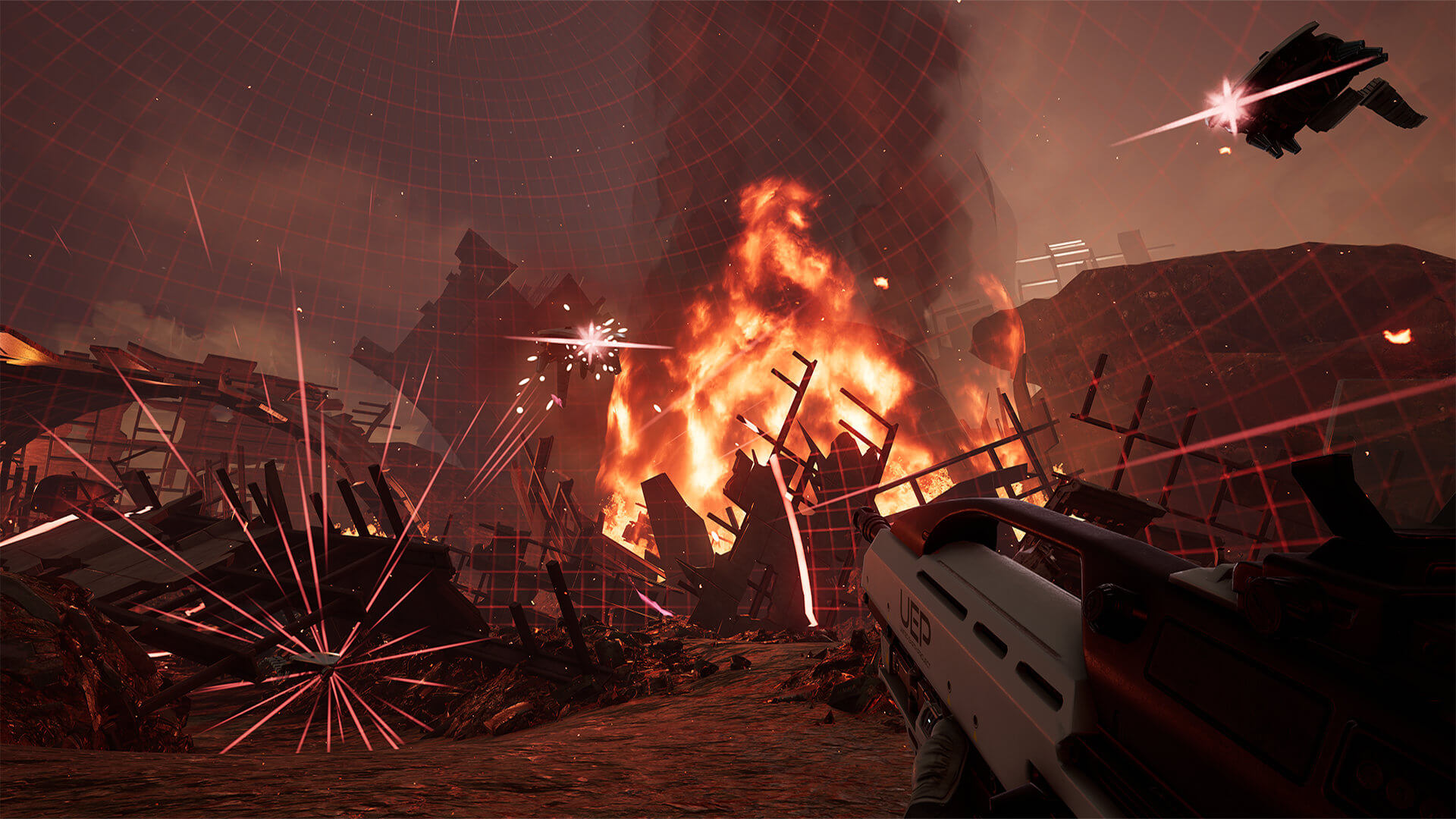
It's official: Farpoint has been rated M for Mature.
Here's the official description, courtesy of ESRB.
"This is a VR first-person shooter in which players assume the role of a crash survivor on an alien planet. Players use assault rifles, shotguns, and plasma rifles to shoot and kill hostile alien creatures and robotic enemies. Battles are accompanied by realistic gunfire and large explosions. Blood-splatter effects occur when enemies are shot; some attacks result in dismemberment and/or decapitation, leaving creatures' body parts and bloodstains on the ground. The words “f**k” and “sh*t” are heard in the dialogue."
-
Trophy List
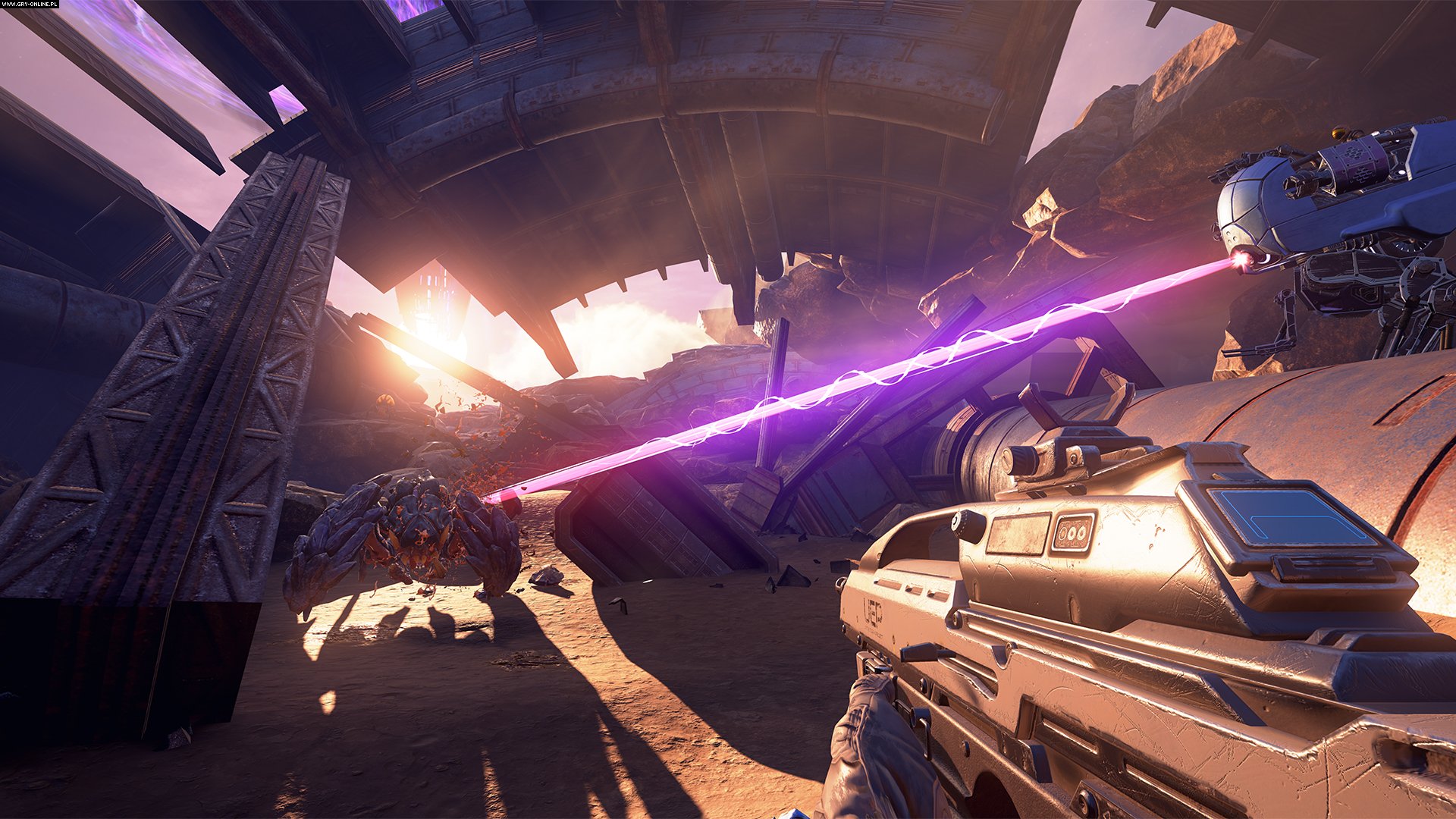
Comprised of 47 digital accolades in total – Platinum included! – the official Farpoint Trophy list can be found right here.
-
Hands-On Preview
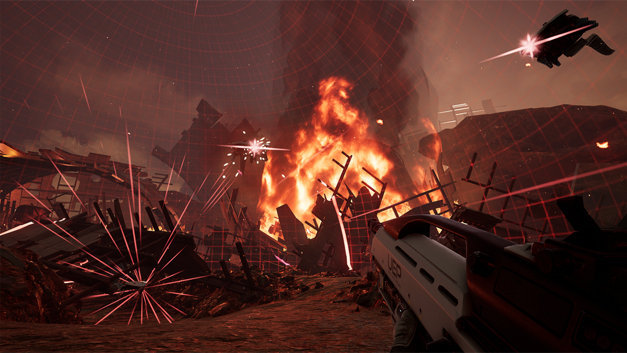
Bouncing off the Aim Controller, here's our official Farpoint preview from PSX 2016.
"Farpoint has the potential to be seen as a benchmark title for the future of VR development, particularly in the realm of complete and detailed immersion. For 20 years I’ve wanted to experience the awesome terror that Johnny Rico must have felt while fighting the Arachnids in Starship Troopers (while remaining entirely safe myself of course). Farpoint is the closest that I’ve ever gotten, and holding that PlayStation VR Aim Controller makes me feel like the kind of badass that can single handedly take on an entire planet full of bugs while subsequently placing a primal fear in my gut every time something skitters, shrieks, or rumbles."
-
An Influx of New Units, and Not a Moment Too Soon
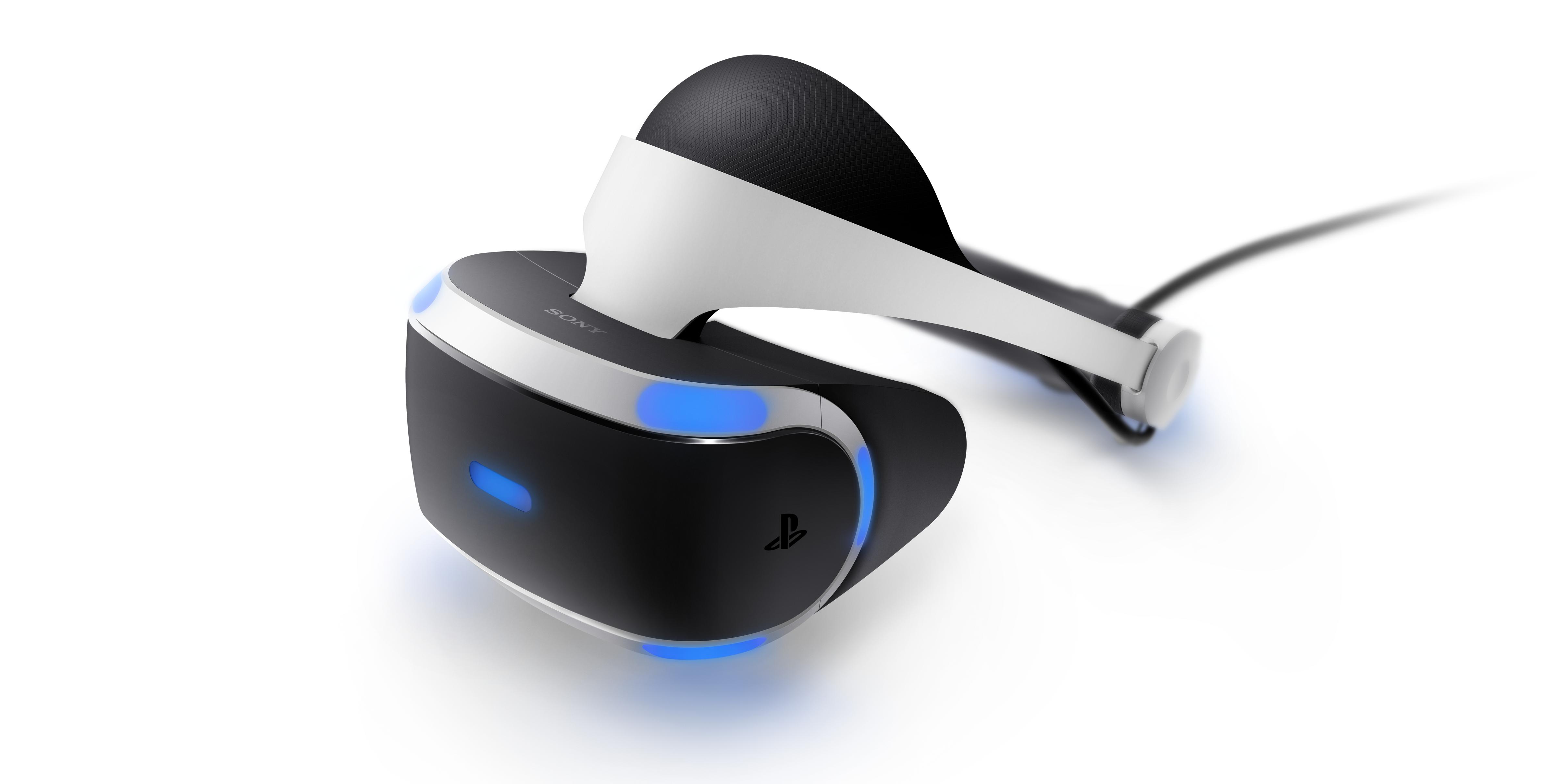
Just in time for Farpoint arriving on May 16, Sony has rolled out another wave of PlayStation VR units for those in North America.
-
What Options Are Available?
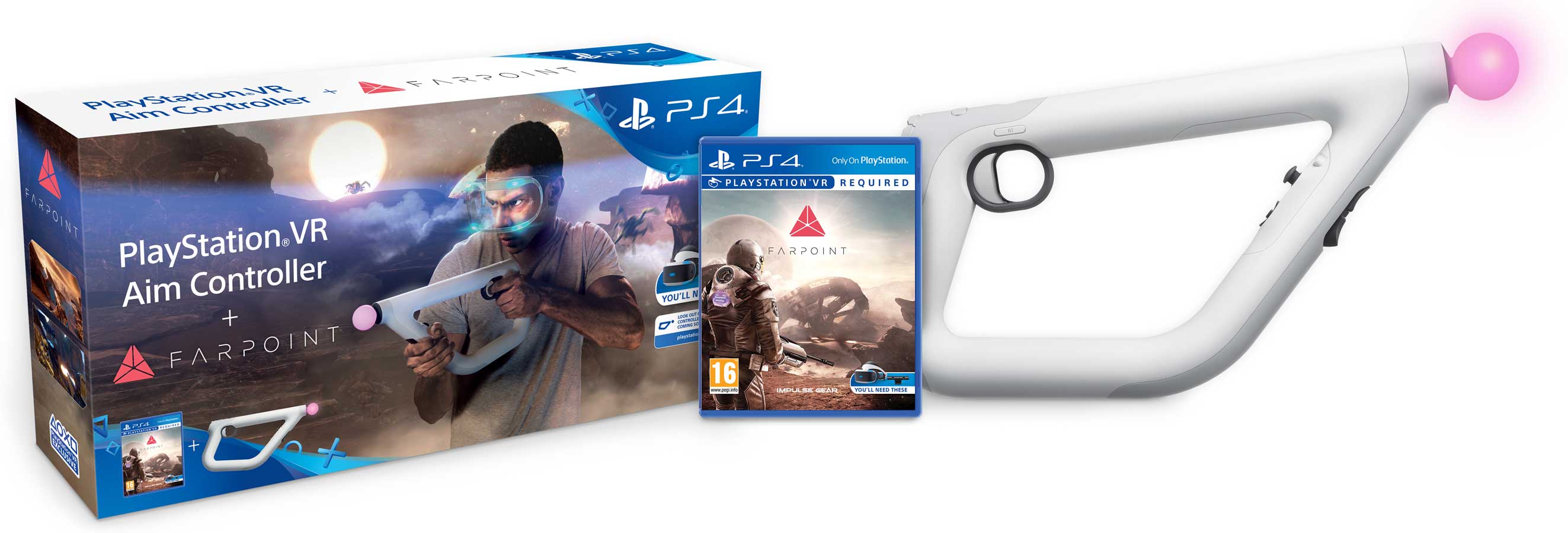
Fapoint is built for PSVR and PSVR alone. Due to arrive on May 16, Impulse's shooter will come bundled with the PSVR Aim controller for $79.99 USD ($99.99 CAN).
If you already own said peripheral, Farpoint can be picked up for $49.99 USD ($59.99 CAN) on physical and digital formats.
-
Our Final Verdict

Following up on his hands-on preview, our own Chandler Wood will be venturing forth on to Impulse's alien world on behalf of PSLS. Look for his review to hit the site in the coming days.


